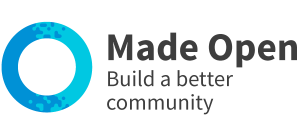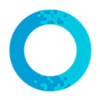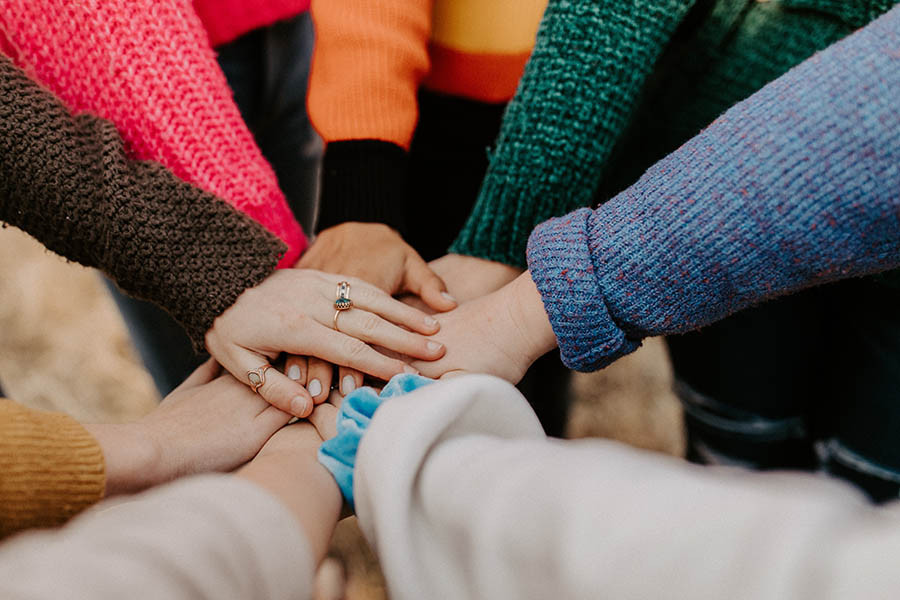In this video, we're going to look at what standard pages can look like.
Standard pages are where your layout has the menu on the left and the body of content on the right. This can be designed in many, many different ways so here are some examples.
You can have a standard page that uses text and hyperlinks, pulls out different headers and then splits content inside of tiles, so these boxes are called tiles and it's utilising drawers - drop down amount of content inside a tile.
You can put hyperlinks in buttons rather than the standard hyperlink and you can also bring out key bits of information in lots of different formatting ways. These are the full size drawers, quite useful for frequently asked questions - popping bits of text and buttons behind drawers. You can see that there's very standard formatting in terms of use of bullet points and you can put images inside of a drawer that also becomes a button.
Here are some other examples, very similar sorts of formatting as you can see - drawers are useful for big bits of content like your policies.
You can put images next to each other, so these have been used to create a menu and then there's a load of tiles with ideas of what things that could be done on the platform.
All the pictures have been resized to the same size and then you can add an image and float it left or right so this one's been floated left and the text sits to the right of the image, so it doesn't matter what you resize the screen as the image text will always sit side by side like that.
A partners page on this platform, you've got different people pulled out in tiles with the background and then buttons through to their profile, again using the images, the different text headings and tiles.
And then page is utilising the feature where you can pull in member tiles, so these all linked directly off to a member's profile on the platform and they're all linked in this ‘meet the team’ page.
Lastly you've got a testimonials page where you can pull out quotes so you can put an image for the person who gave the quote or testimonial inside this formatted circle and then format your quote in a similar way like this.
That's for standard pages, we’ll look at how you can create all of this in a separate video.
In this video, we’re going to have a look at what the landing page layout looks like.
So the landing page layout brings content into segments or rows where you've got an image or video on one side and a bit of text on the other and the idea is to checkerboard them so that the image goes left, right, left, right, left, right, as you scroll and there's some other features within these layouts too.
So we’ll have a little look at some examples, you've got an about page explaining some answers to some questions as you scroll and each one has an image on one side with a bit of a background and a title and a paragraph. Some of them have got buttons off to other pages, some of them use bullet points, those formatting, hyperlinks, and it also uses some tiles across the page so this is bringing out two badges that they've got on the platform with a button through to apply to those badges.
Another example, another about page where you've got an image and a bit text on the right and some tiles, this one linking different pages on the platform. You can see that images can look different depending on what size you opt for.
This has got two rows of tiles and then if we scroll down slightly you can also see that it uses the quote format in the text field.
It is also pulling in members, so it's got a dynamic member stream of different people that have joined the platform recently.
Some more examples, this is a landing page inside of a sub-homepage which we talk about in another video but it uses the same formatting, you've got a content row, you've got some more tiles that have been added bit simpler on this one and you've got members that have tagged himself to this particular interest, so they’ve all tagged themselves to food.
Then you've also got activities or projects that have also tagged themselves with this particular tag and some more content, again using the quotes and some step by steps and then lastly you've got a network homepage, which is using the videos instead of the images to embed more content.
Again it's using the dynamic member stream and the dynamic activity stream but this time it's pulling in a campaign.
Yeah that's it and we’ll look at how you can create these layouts in another video.
- The Made Open platform currently has two main page default styles.
- These layouts are termed our standard page and our landing page.
- Standard pages are typically used for pieces of copy where tables and larger images can be laid out in a traditional web-page format.
- Our landing page is often used for overview pages, news updates, or 'about' pages that are broken into sections that lead off to longer standard pages.
- Landing pages also pull in dynamic content to display members, activities, teams and more by filters.
- View the short demo videos to see examples of each page style.


